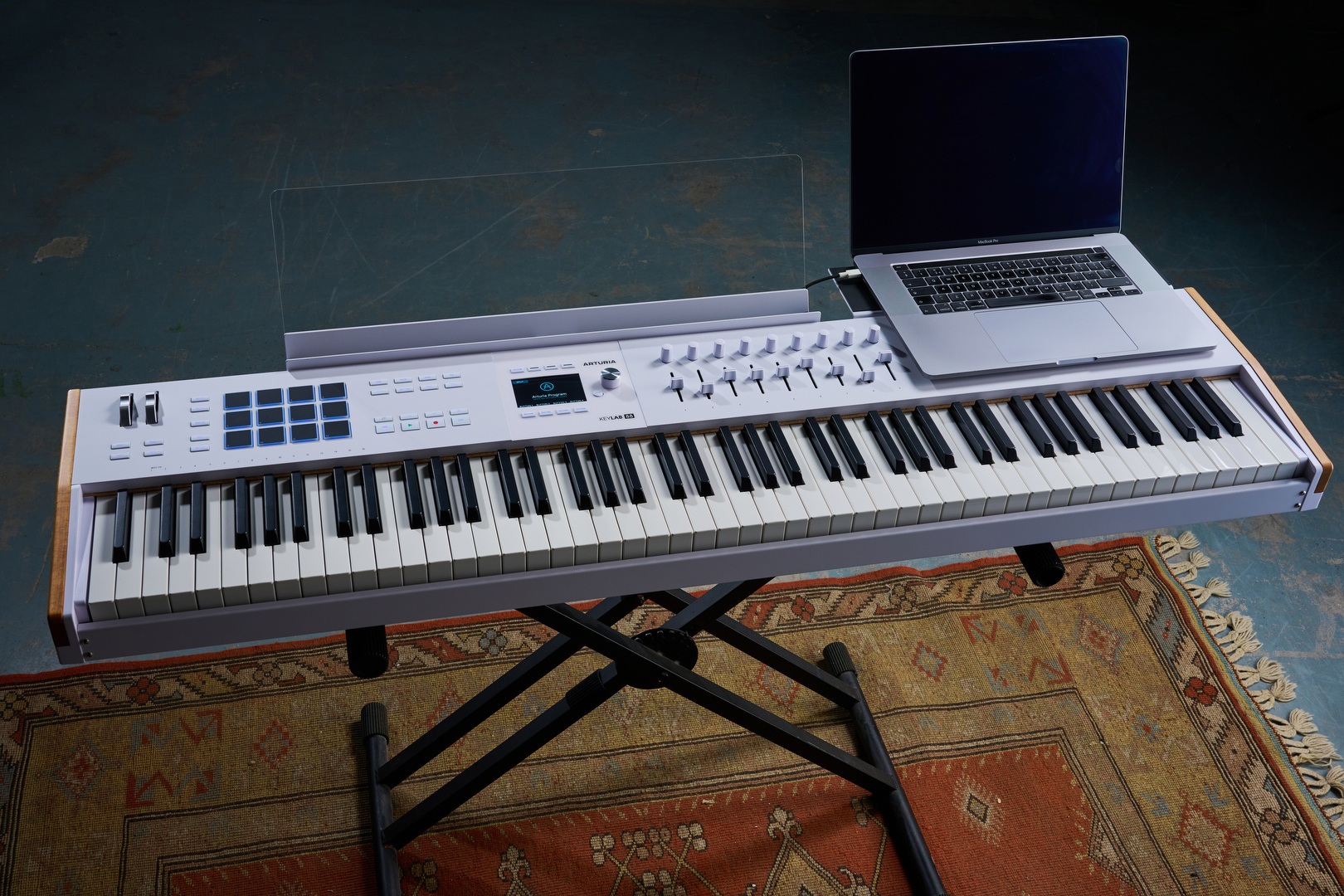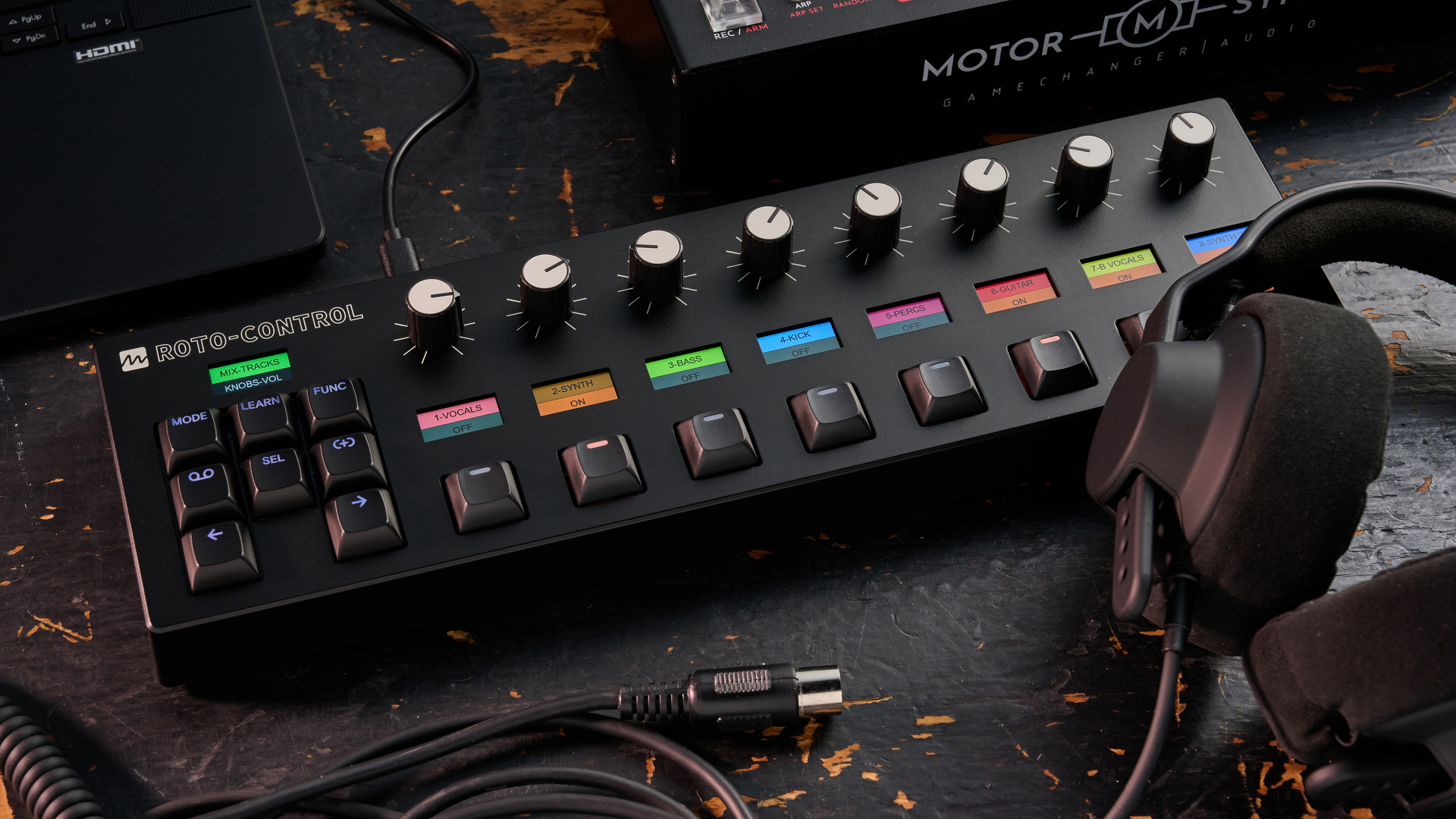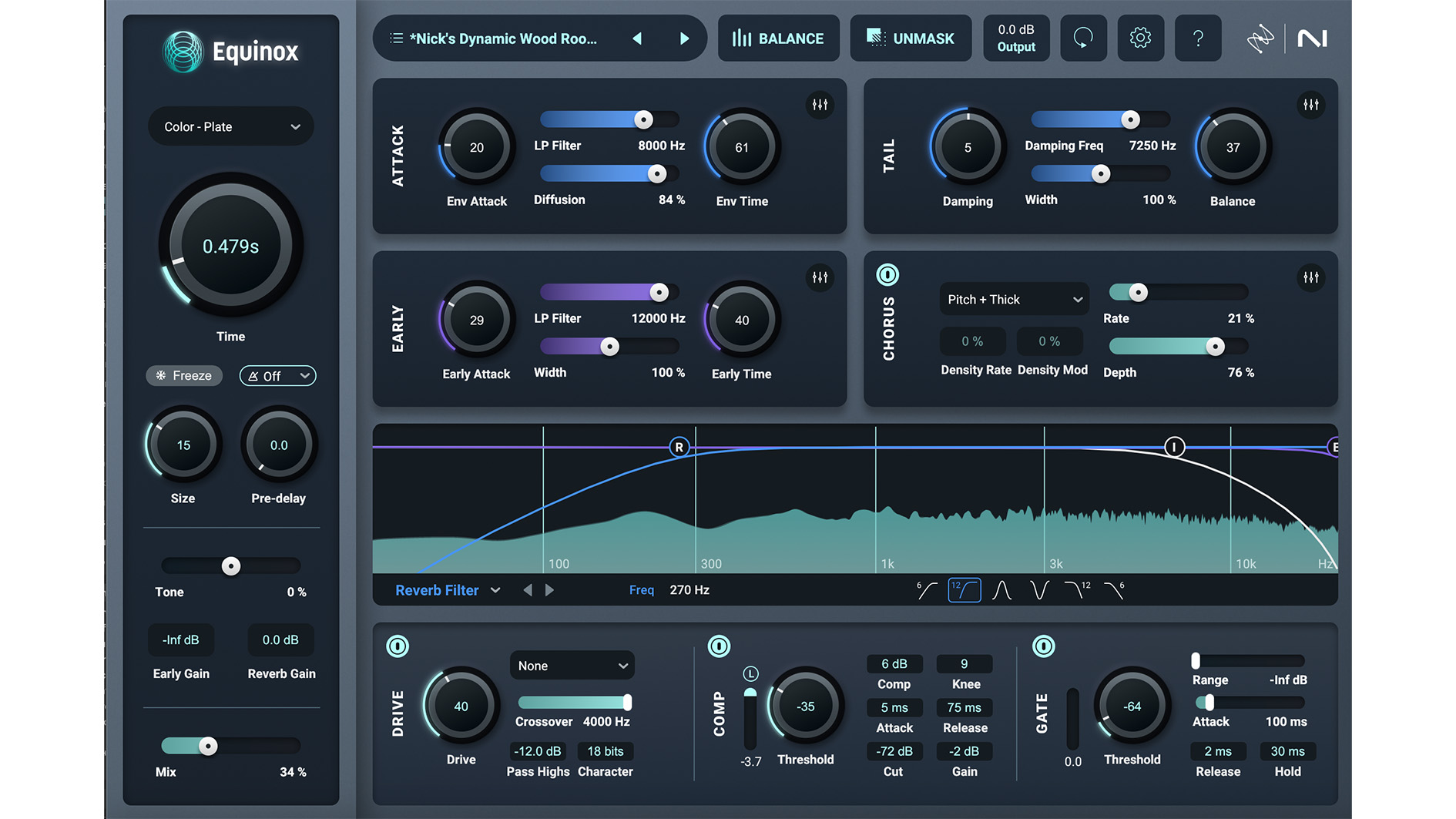MusicRadar Verdict
Unique, fun and powerful, though not the most versatile synth in the world.
Pros
- +
Huge bass; great stereo imaging; distinctive sound; fantastic and unique modulation matrix; massive preset list; suits all ability levels.
Cons
- -
Needs a Favourite button; quite a specific range of sounds.
MusicRadar's got your back

Sugar Bytes Cyclop

Sugar Bytes Cyclop
In an uncertain world, it's always good to have a few constants, and few things are more constant than Sugar Bytes' plug-ins, which always seem to be as odd as they are inspiring.
The latest offering is a monophonic bass synth for Mac and PC (AU/VST/RTAS/AAX). The concept is deceptively simple: phat, characterful bass patches with evolving modulation and FX sequences.
"The ability to hop back and forth between user-specified LFO types and speeds using the main knob is fantastic and perfectly suited to the fast-mod-changing nature of modern dance styles."
The recipe? Take three parts easily programmable synth, add one part custom modulation sequencer, blend with an LFO section that's ingeniously in tune with the way people make electronic music these days, and finish with a versatile effects set-up.
At first glance, Cyclop looks quite intimidating, but initial WTF factor aside, it's actually very cleverly laid out. The interface centres on four main knobs: one for the Wobble section (an innovative LFO controller, and the beating heart of the instrument), one for morphing between two parameter setups, one for the main FX section, and one for controlling various assignable parameters.
And that sums up Cyclop! Although it's an instrument, its focus is very much on effecting and modulating - but that's not to say it doesn't make hefty noises right out of the gate.
It sounds large … really large. Cyclop's subs are beautifully controlled, so that even at their lowest notes, they still sound stomach-rumblingly thick.
One of the reasons Cyclop sounds so big is that it uses mid/side processing to introduce frequency-based stereo imaging between 250Hz and 4kHz. This ensures wide, interesting sounds that retain their punch and bass when played on mono systems.
Because this isn't adelay-based process, there are no phasing issues, which means Cyclop cuts through the mix very nicely.
One of the best things about Cyclop is its vast library of presets. These are great for familiarising yourself with the general workings of the synth, although because they tend to be very modulation-driven (that, after all, being the nature of this particular beast), they do rather tend towards extravagance. You won't find basic, bread-and-butter sounds here!
Also, despite being labelled a bass synth, Cyclop's regular Bass patches, per se, only take up quite a small percentage of the library - don't expect this synth to serve as a one-stop bass preset solution like Rob Papen's SubBoomBass.
With so many presets included, wethink that a 'favourite' button would be a welcome addition to the browser.
The eye has it
The key to getting the most out of Cyclop lies in the proper use of its modulation system. The Wobble section to the left offers a series of selectable LFO settings, each of which can be set to a specific speed and shape (of which there are many, including the S+H-style Freeze).
Further editing of the Wobble section is done inthe multifunctional Center Screen. The ability to hop back and forth between user-specified LFO types and speeds using the main knob is fantastic and perfectly suited to the fast-mod-changing nature of modern dance styles.
There's also an assignable 16-step modulation sequencer and a gate sequencer that facilitates so-called trance-gating. When assigned to pitch modulation, the former can be used with the latter to create intricate musical riffs.
Each of the main modulation sections features an automation recorder that enables you to record your movements and play them back from the plug-in itself, rather than the host. This enables spectacular evolving modulation combinations.
Many of the presets feature prerecorded movements, so it's always worth hitting the play button when browsing them to see what happens.
Desired effects
The effects section is what might happen if Sugar Bytes' Turnado and Effectrix plug-ins collided head-on. It features eight programmable slots (switched between using the big control knob, top right), each of which can host up to four effects, with every one from a different type.
The effect types comprise Pitch-Looper (a tempo-based looper with pitch variations), Looper (a choice of eight loop lengths), Vinyl FX (scratch, tape stop, slow-down, speed-up) and Send FX (phaser, chorus, delay and reverb), applied in that order.
These effects have no controls, but there are a few sub-types of each one, and you can also record the movements ofthe main control knob in this section. It's also worth mentioning the distortion unit in the master section, which features nine overdrive/distortion models.
Three sections (Wobble, FX Sequencer and the preset menu) also have randomise buttons, which are great for instant variation or calling up a random preset when you're stuck for ideas. Then there's the option to pre-assign setups and modulation recordings to the bottom end of your MIDI keyboard.
The specified keys are represented in the Center Screen, which also houses editors for the regular LFOs, envelopes, modulation sequencers and more.
Everything in the central section primarily serves to power the main knobs, and it's these that form the backbone of Cyclop's appeal. In truth, only hardcore synthesists are likely to dive too deeply into the editing controls - the vast majority will simply get busy with the knobs, and it's a credit to Sugar Bytes that the synth is so effective when used in this way.
Six of the best
The power of Cyclop really lies in its sequencing and modulation options, but without strong core synthesis methods, it wouldn't amount to much. Thankfully, Cyclop is well-equipped. It's a three-oscillator synth: two main oscillators and one sub-oscillator.
The sub is part of the master effects section, and it can kick out some lovely low-end oomph. The other two oscillators offer a choice of six generators, each with up to four unison voices.
The first three - Saw Regiment, Analog Sync and FM - are quite familiar but have some interesting features. Saw Regiment, for example, offers seven pitch-offset saw waves that can be stacked up to four times using the Unison mode, with intense results.
Transformer is a wavetable synth driven by a sample of your choice. It can be used for formant-shifted vocal sample playback, or mangling any old sound or loop you care to throw at it.
Spectromat is a bank of 32 oscillators and is just the thing for those who like scaring old people and small pets, while Phase Distressor is a modulated sine wave with a hypnotic interface that helps you to cope with the mental noises it generates.
All of this is blended in a mixer module before going through a couple of conventional but well-specified filters.
Cyclop is fun and easy to use, and although it's not for everybody, those making modern 'digital' styles or producing soundtracks - or indeed, anyone who just likes tinkering with novel and innovative synths - will find it powerful and unique-sounding, adding spice to existing tracks and inspiring new ones.
It isn't a particularly analogue-sounding or versatile synth, although we don't mean that as a criticism. If you want an analogue-style synth sound, get an analogue-modelling synth. If you want cutting-edge digital madness, however, Cyclop delivers.
Computer Music magazine is the world’s best selling publication dedicated solely to making great music with your Mac or PC computer. Each issue it brings its lucky readers the best in cutting-edge tutorials, need-to-know, expert software reviews and even all the tools you actually need to make great music today, courtesy of our legendary CM Plugin Suite.
“He’s all right, he’s on tip-top form. We can’t wait": Noel and Liam Gallagher perform together behind closed doors for the first time in 16 years
Fantastic (free) plugins and how to use them: Full Bucket FB-3300
“It has the ingenious ability to give you easy routing to external hardware with no re-patching”: Audient iD48 review










